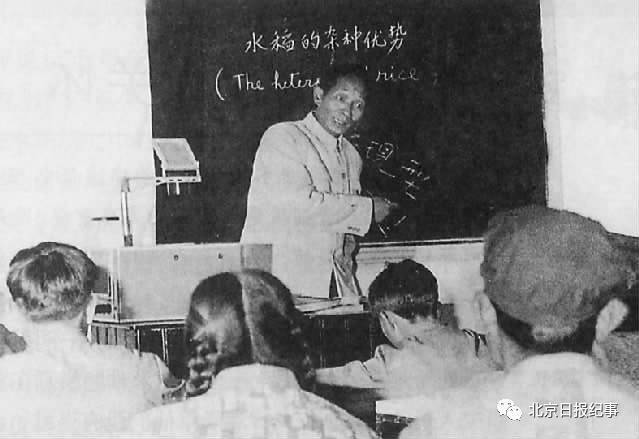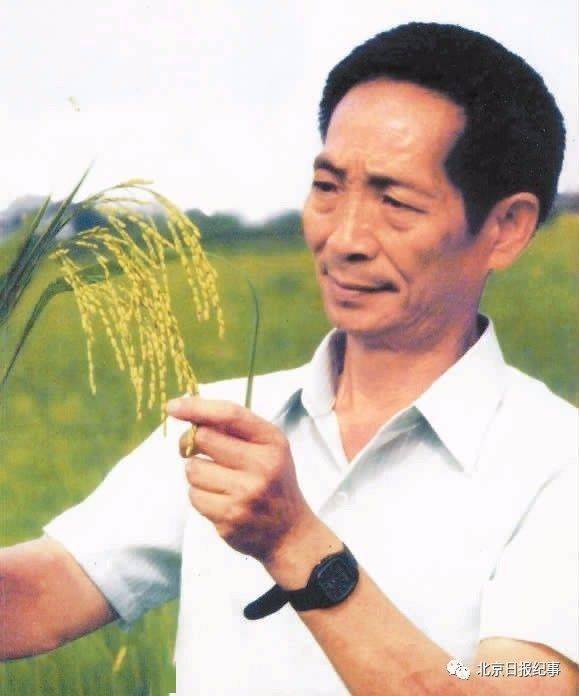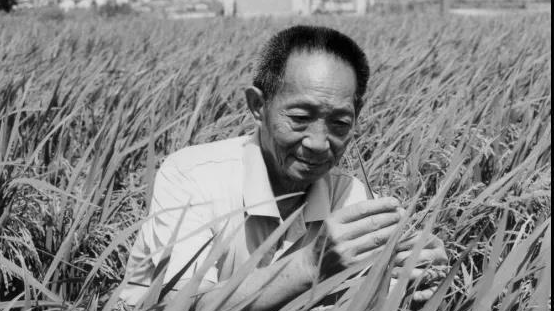









Hold Infinity In The Palm Of Your Hand , And Eternity In An Hour .










On April 22 and 23, 2021, 3 confirmed COVID-19 cases in passengers on an arriving airplane from Nepal were reported by Chongqing Public Health Medical Center. Preliminary epidemiological investigation revealed these 3 patients, males aged 20–30 years, were coworkers of a cellphone company that has a manufacturing base in Noida, India, where they worked with their Indian colleagues since late 2019. They were well protected at the workplace, where a dust-free environment was required as a cellphone making industry standard, and they took relevant precaution measures against the coronavirus disease 2019 (COVID-19) pandemic in their daily life in India.
According to epidemiological investigation reports, their business trip started since April 19, when they were escorted from Noida to New Delhi in a chartered car. On the same day, with protective clothes, N95 respirators, goggles, and gloves equipped throughout the trip, they flew to Kathmandu, Nepal. They arrived at hotels in a chartered cab and lived there until April 21. Then they went to the airport in a chartered cab in the morning and flew to Chongqing Municipality, China, with full protective measures. Their COVID-19 tests were negative on multiple occasions in India, and the latest negative results for Patient A and Patient B were on April 17, and for Patient C was on April 19. However, their nucleic acid results for COVID-19 were positive at Chongqing Customs on April 21 and subsequently confirmed by local CDC laboratories.
Patients were transferred to the designated COVID-19 hospital, the Chongqing Public Health Medical Center. Clinical manifestation of three patients included normal body temperature, blood tests, and liver-kidney functions. Abnormalities in chest computed tomography (CT) suggested infectious lesions, classified as common type of COVID-19.
Specimens of the confirmed patients were sent to Chongqing CDC and sequenced on April 28 and 30. In comparison with the COVID-19 reference strain (GenBank Accession: NC_045512), also known as SARS-CoV-2, these isolates possessed 34–36 variation sites in nucleic acids, including 8–10 variations in the spike protein. Phylogenetic analysis of genome sequences indicated these isolates belonged to the Pangolin lineage B.1.617, an emerging variant in India first identified in October 2020 and has recently been designated as variants of interest (VOIs) by the World Health Organization (WHO) (Figure 1) (1–2). Notably, 6 variation sites of amino acid residuals (T19R, L452R, T478K, D614G, P681R, and D950N), which were identical to those in Indian B.1.617.2 variants, were observed in the 3 isolates, supporting that the COVID-19 infection on these 3 patients probably occurred in India. Since most of B.1.617 variants reported in 17 countries contained 2 key mutations, L452R and E484Q, these imported cases in Chongqing Municipality were excluded from such double mutant variants. Constant surveillance of genome sequences in imported cases are required to track transmission and evolution of COVID-19 virus during the ongoing COVID-19 pandemic.
Chongqing Center for Disease Control and Prevention, Chongqing, China
Chongqing Medical and Pharmaceutical College, Chongqing, China
National Institute for Viral Disease Control and Prevention, China CDC, Beijing, China
| [1] | World Health Organization. Weekly epidemiological update on COVID-19-27 April 2021. https://www.who.int/publications/m/item/weekly-epidemiological-update-on-covid-19---27-april-2021 [2021-04-27].https://www.who.int/publications/m/item/weekly-epidemiological-update-on-covid-19---27-april-2021 |
| [2] | Cherian S,Potdar V, Jadhav S, Yadav P, Gupta N, Das M, et al. 2021. Convergent evolution of SARS-CoV-2 spike mutations, L452R, E484Q and P681R, in the second wave of COVID-19 in Maharashtra, India. bioRxiv 2021.04.22.440932. doi: https://doi.org/10.1101/2021.04.22.440932.https://doi.org/10.1101/2021.04.22.440932 |
FIGURE 1. Neighbor-joining phylogenetic tree based on the whole genome sequences of COVID-19 representative strains. The 3 Chongqing strains are indicated by red dots; the representative strains from B.1.617 lineage are highlighted with a yellow background; strains associated with specific outbreaks in China are indicated by blue squares; and the Wuhan reference strain is shaded in gray. The PANGOLIN lineages were marked and colored on the right. The tree was rooted using strain WH04 (EPI_ISL_406801) in accord with the root of PANGOLIN tree.
| Citation: | Sheng Ye, Yongjun Zhang, Xiang Zhao, Zhen Yu, Yang Song, Zhangping Tan, Yun Tang, Shuang Chen, Mingyue Wang, Hua Ling. Emerging Variants of B.1.617 Lineage Identified Among Returning Chinese Employees Working in India — Chongqing Municipality, China, April 2021[J]. China CDC Weekly. doi: 10.46234/ccdcw2021.109 |